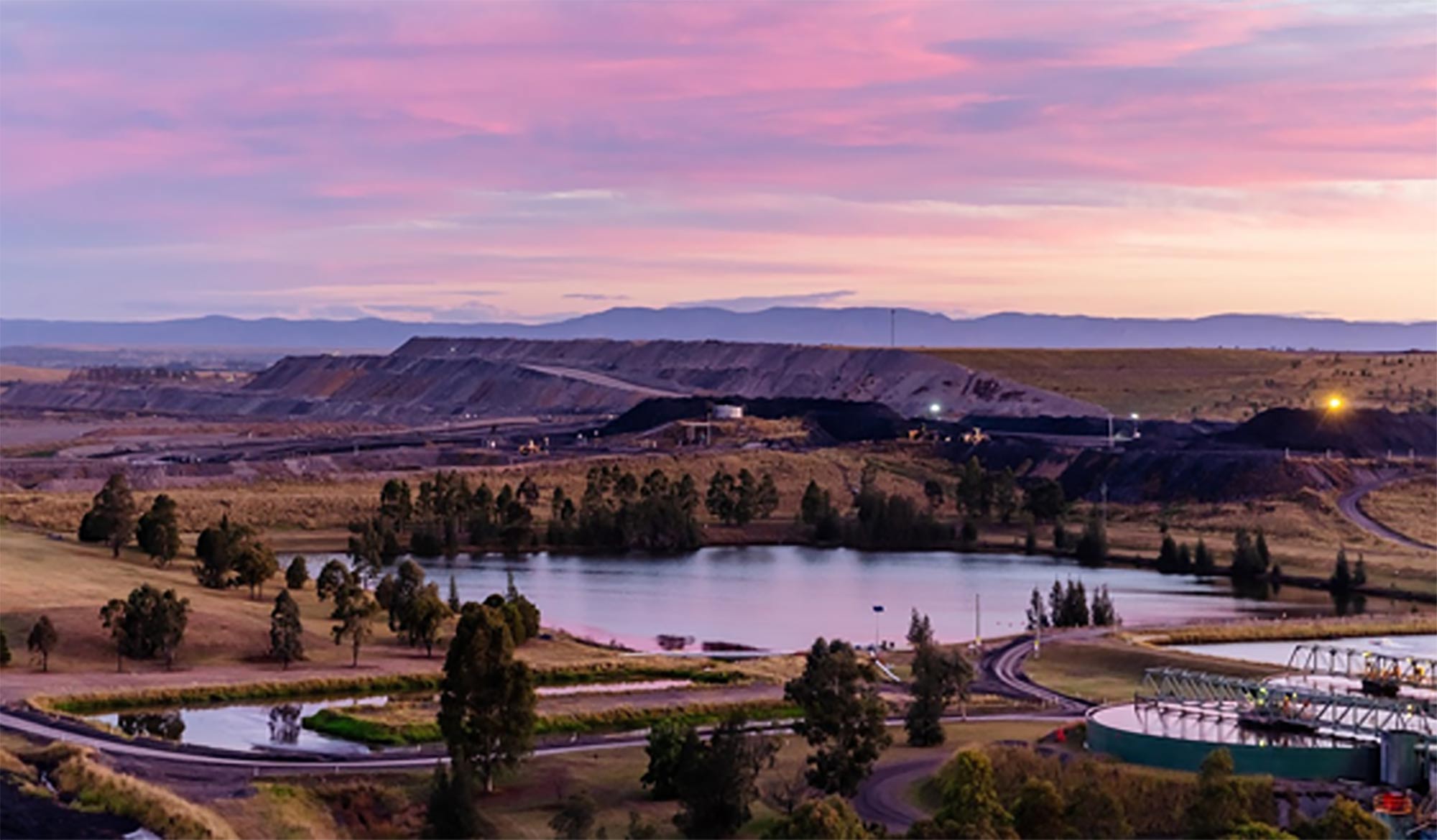Page
Opinion: Time for coal cash to fill some of the holes
Originally published in the Newcastle Herald
NSW Minerals Council CEO, Stephen Galilee
People living in Sydney sometimes forget that mining regions like the Hunter underpin the economic strength of NSW.
As well as delivering jobs, investment, exports and the coal needed for power stations to keep the lights on in homes in Sydney and across NSW, mining also delivered $1.3 billion in royalties to the NSW Government last financial year, helping to pay for hospitals, schools and public transport.
It’s therefore only right that enough government funding goes back to mining regions to ensure services and infrastructure in those communities are able to meet public demand. These communities deliver a significant economic windfall to the rest of NSW, yet for too long their needs have been neglected.
Over recent years this has been acknowledged and some progress has been made.
For example, the NSW Government’s $350-million Hunter Infrastructure and Investment Fund has provided a much-needed injection of funds, mostly for Newcastle and the lower Hunter.
After the last state election the NSW Government also introduced the Resources for Regions program to return some of the benefits of mining to the Hunter in infrastructure investment.
The initial commitment was for $160 million in funding over four years for mining regions. And the Government is on track to deliver this.
Around $50 million has already been committed to a range of projects, and another $80-million funding round is currently under consideration, with more to come. This is a good start, but much more funding is needed. The program also needs an ongoing commitment for a future funding stream over the long term.
The eligibility criteria for the program must also be broadened so more mining regions can enjoy the benefits. In the Hunter, there are several councils currently not eligible to apply for Resources for Regions funding as they do not fall under the program’s limited criteria of being ‘mining-affected’.
For example, Cessnock, Maitland and Lake Macquarie are not currently eligible to apply for Resources for Regions funding, even though they are home to significant numbers of mining employees.
This doesn’t make sense. The NSW Minerals Council’s recent economic impact survey found there were actually more mining employees residing within the boundaries of Maitland Council than in the Muswellbrook Council area. Yet though Muswellbrook is eligible to apply for Resources for Regions funding, Maitland is not.
This is why the NSW Minerals Council has made a submission to the NSW Department of Trade, Investment, Regional Infrastructure and Services recommending that a threshold number of employees be established as a key criterion for considering a local government area mining-affected.
We have recommended that if a local government area has more than 1000 residing mining employees, or if mining makes a total employment contribution (direct and indirect) of 20 per cent or more within the local government area, it should be considered mining-affected.
This would ensure that communities such as Cessnock, Maitland and Lake Macquarie, places clearly and historically closely involved in the Hunter mining industry, are rightly considered mining communities and are able to apply for funding under the Resources for Regions program.
There has been some welcome progress in returning some of the economic benefits mining delivers to the communities where mining takes place. More needs to be done to make sure Hunter mining communities that contribute so much to the state through mining get their fair share in return.

